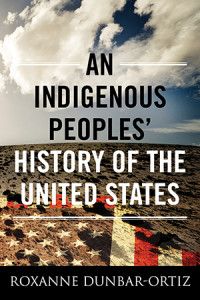 Today in the United States, there are more than five hundred federally recognized Indigenous nations comprising nearly three million people, descendants of the fifteen million Native people who once inhabited this land. The centuries-long genocidal program of the U.S. settler-colonial regimen has largely been omitted from history. Acclaimed historian and activist Roxanne Dunbar-Ortiz offers a history of the United States told from the perspective of Indigenous peoples and reveals how Native Americans, for centuries, actively resisted expansion of the U.S. empire.
Today in the United States, there are more than five hundred federally recognized Indigenous nations comprising nearly three million people, descendants of the fifteen million Native people who once inhabited this land. The centuries-long genocidal program of the U.S. settler-colonial regimen has largely been omitted from history. Acclaimed historian and activist Roxanne Dunbar-Ortiz offers a history of the United States told from the perspective of Indigenous peoples and reveals how Native Americans, for centuries, actively resisted expansion of the U.S. empire.
In An Indigenous Peoples’ History of the United States, Dunbar-Ortiz adroitly challenges the founding myth of the United States and shows how policy against the Indigenous peoples was colonialist and designed to seize the territories of the original inhabitants, displacing or eliminating them. And as Dunbar-Ortiz reveals, this policy was praised in popular culture, through writers like James Fenimore Cooper and Walt Whitman, and in the highest offices of government and the military. Shockingly, as the genocidal policy reached its zenith under President Andrew Jackson, its ruthlessness was best articulated by U.S. Army general Thomas S. Jesup, who, in 1836, wrote of the Seminoles: “The country can be rid of them only by exterminating them.” [Publisher’s description.]
Interview with Author
Historian Roxanne Dunbar-Ortiz on Thanksgiving: “It Has Never Been About Honoring Native Americans” on Democracy Now! on Nov. 29, 2016.
Excerpt
The excerpt below is useful for teaching about the #ChangetheMascot campaign regarding the Washington football team and other sports mascots.
“Redskins” (from Chapter Four: Bloody Footprints)
Indigenous people continued to resist by burning settlements and killing and capturing settlers. As an incentive to recruit fighters, colonial authorities introduced a program of scalp hunting that became a permanent and long-lasting element of settler warfare against Indigenous nations. During the Pequot War, Connecticut and Massachusetts colonial officials had offered bounties initially for the heads of murdered Indigenous people and later for only their scalps, which were more portable in large numbers. But scalp hunting became routine only in the mid-1670’s, following an incident on the northern frontier of the Massachusetts colony. The practice began in earnest in 1697 when settler Hannah Dustin, having murdered ten of her Abenaki captors in a nighttime escape, presented their ten scalps to the Massachusetts General Assembly and was rewarded with bounties for two men, two women, and six children.
Dustin soon became a folk hero among New England settlers. Scalp hunting became a lucrative commercial practice. The settler authorities had hit upon a way to encourage settlers to take off on their own or with a few others to gather scalps, at random, for the reward money. “In the process,” John Grenier points out, “they established the large-scale privatization of war within American frontier communities.” Although the colonial government in time raised the bounty for adult male scalps, lowered that for adult females, and eliminated that for Indigenous children under ten, the age and gender of victims were not easily distinguished by their scalps nor checked carefully. What is more, the scalp hunter could take the children captive and sell them into slavery. These practices erased any remaining distinction between Indigenous combatants and noncombatants and introduced a market for Indigenous slaves. Bounties for Indigenous scalps were honored even in absence of war. Scalps and Indigenous children became means of exchange, currency, and this development may even have created a black market. Scalp hunting was not only a profitable privatized enterprise but also a means to eradicate or subjugate the Indigenous population of the Anglo-American Atlantic seaboard. The settlers gave a name to the mutilated and bloody corpses they left in the wake of scalp-hunts: redskins.
This way of war, forged in the first century of colonization — destroying Indigenous villages and fields, killing civilians, ranging and scalp hunting—became the basis for the wars against the Indigenous across the continent into the late nineteenth century.
Reviews
A must-read for anyone interested in the truth behind this nation’s founding. —Veronica E. Velarde Tiller, Jicarilla Apache author, historian, and publisher of Tiller’s Guide to Indian Country
This may well be the most important U.S. history book you will read in your lifetime. . . . Dunbar-Ortiz radically reframes U.S. history, destroying all foundation myths to reveal a brutal settler-colonial structure and ideology designed to cover its bloody tracks. Here, rendered in honest, often poetic words, is the story of those tracks and the people who survived – bloodied but unbowed. Spoiler alert: the colonial era is still here, and so are the Indians. —Robin D. G. Kelley, author of Freedom Dreams
ISBN: 9780807000403 | Beacon Press

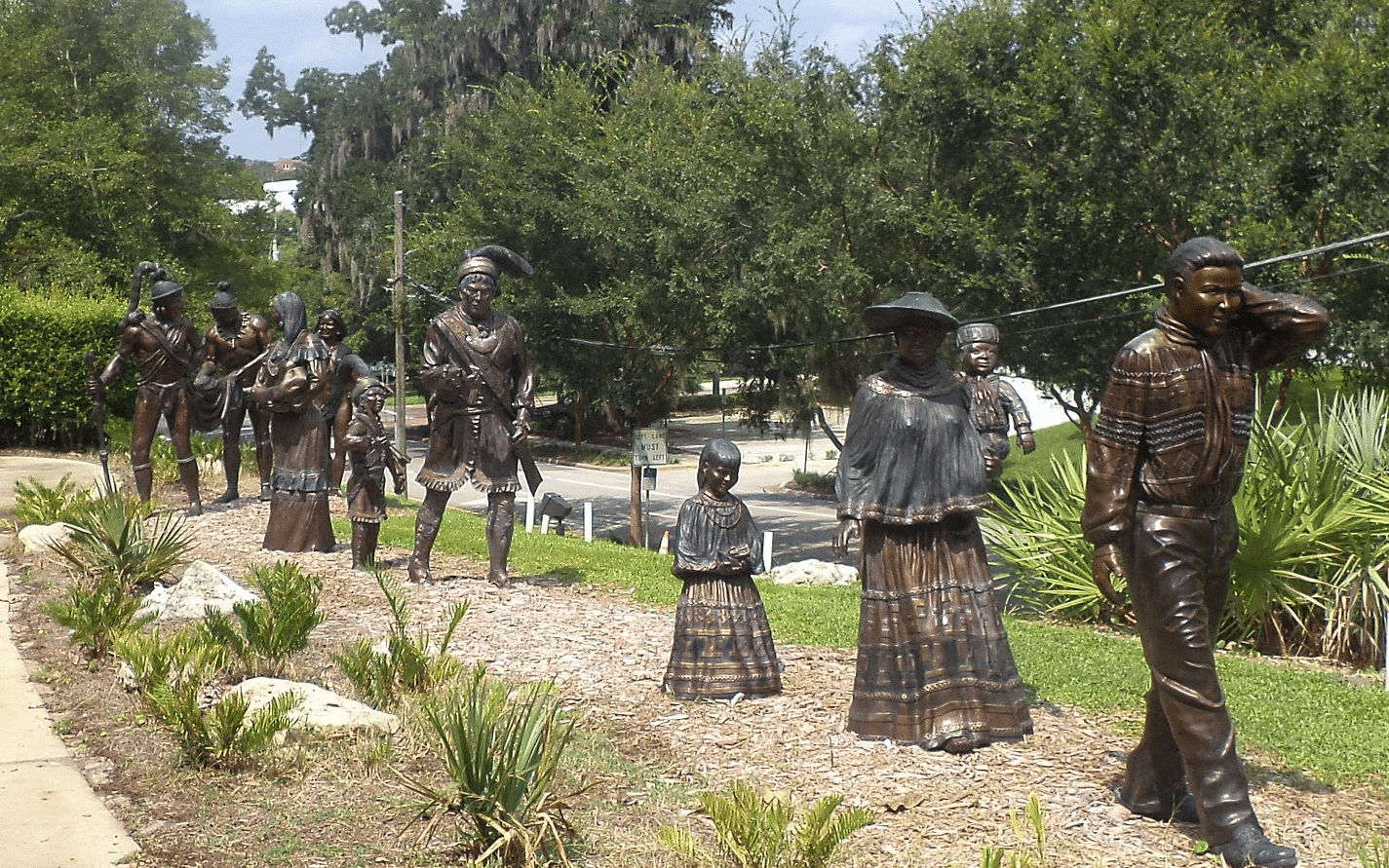

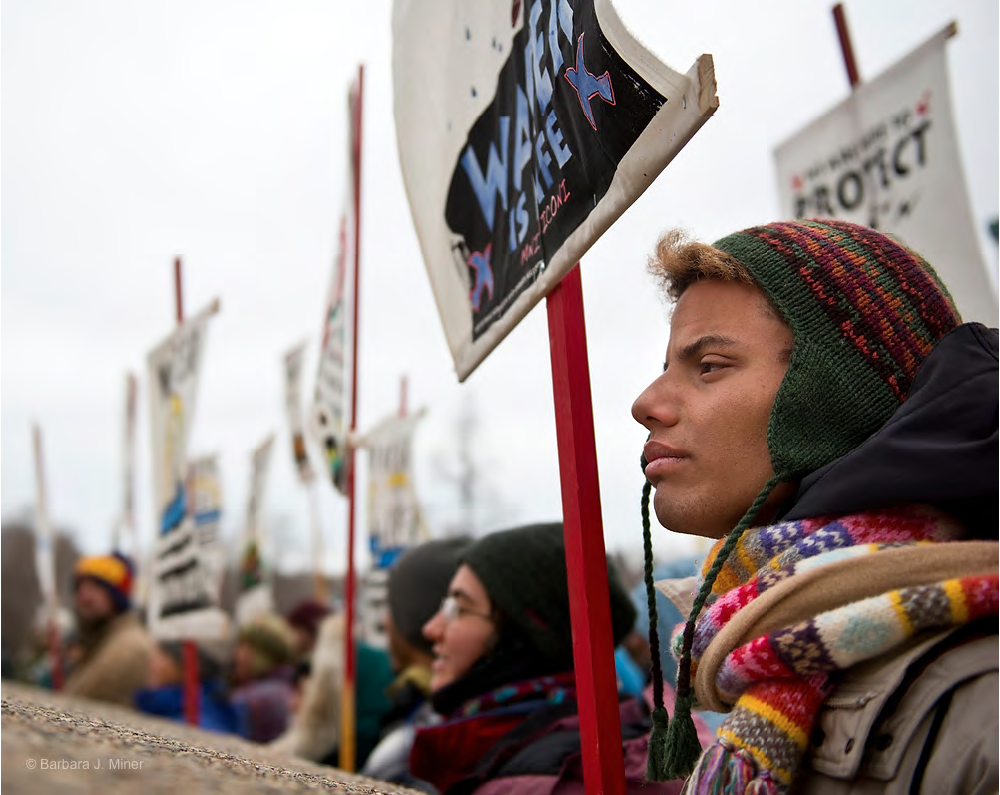

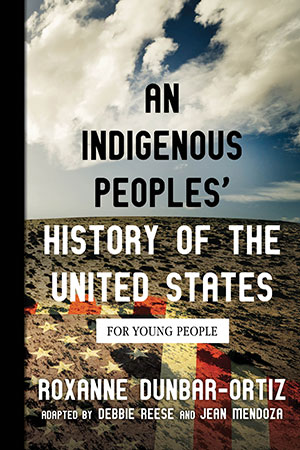
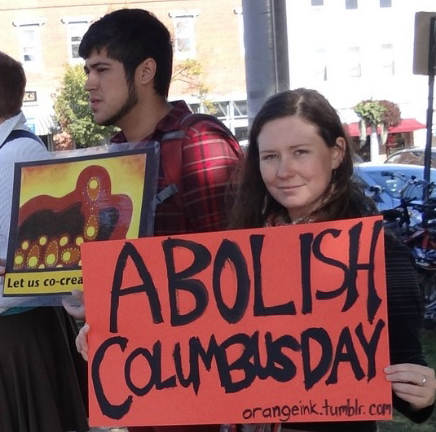
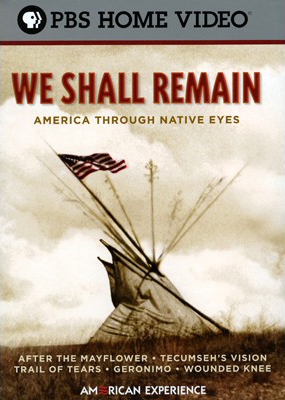
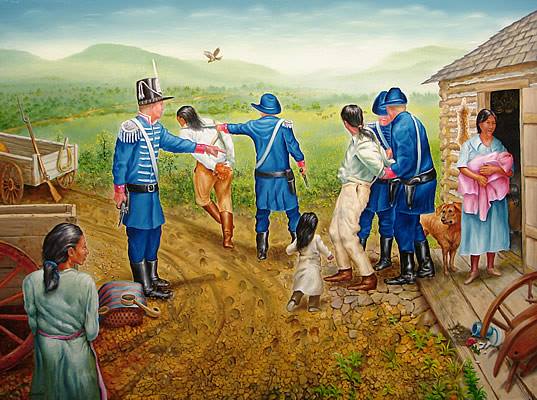







learning about the true history of the original American inhabitants might help prevent present and future abuses by greedy businessmen.
I use Zinn’s book in my tribal college class Tohono O’odham Community College supplemented with text such as this and Angie Debo.
Roxanne Dunbar-Ortiz’s book is wonderful. Just what we need to prepare ourselves for the forthcoming Mayflower 400 so called “celebrations”, happening both in the UK and USA.
The truth hurts, but it must be told. Hopefully, our humanity improves a bit as truth unfolds.
I am sure that it is a very interesting and an edifying read, but everyone in their right minds who has ever stepped foot in America for two minutes knows for an absolute fact that the colonial history of America is an extremely evil one.
This is why in my heart and mind I rejected the educational malfunction referred to as an education. The ignorance is still in the people who invaded this land. I’m discusted with the whole of what has happened to indigenous people in the conquest of these fascist .
At last, a history
Book dealing with most true history. Gotta buy this one!